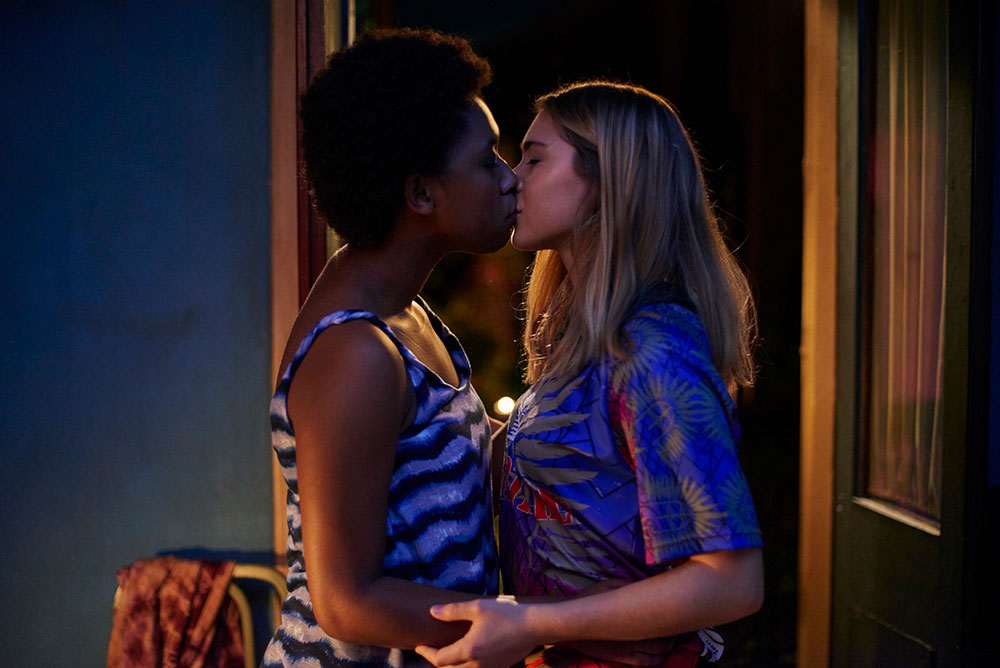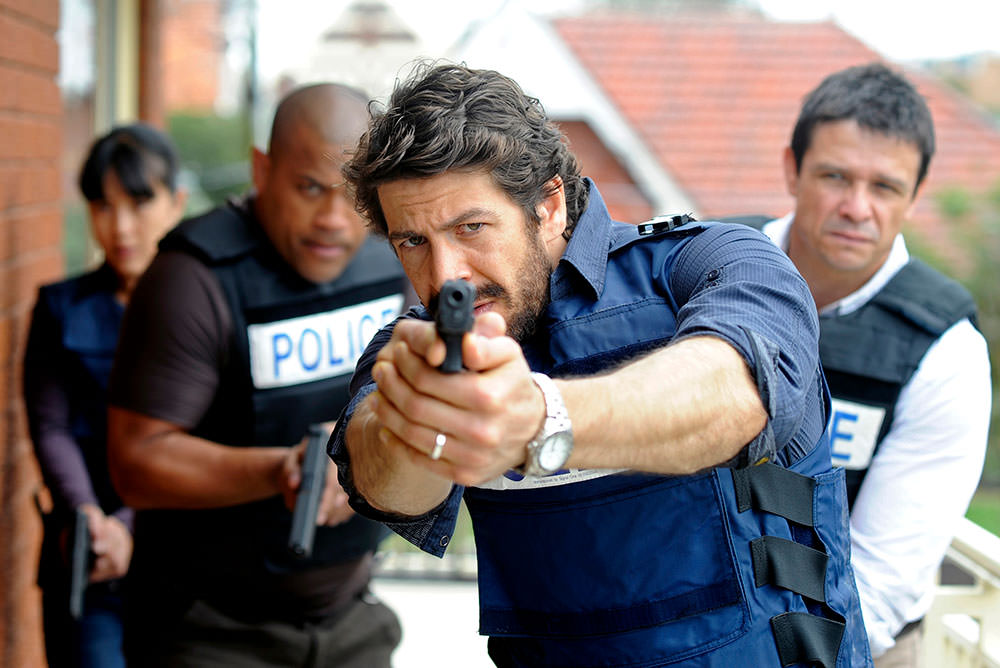Diversity in TV drama: Change is possible
Screen Australia launches a comprehensive report into diversity on Australian screens to inform the conversation and calls for real, long-lasting change.
 Ready for This
Ready for This
In 1992, guess how many Indigenous actors were in Australian TV drama?
Zero.
By 1999, that number had risen to two – Aaron Pedersen and Heath Bergersen.
Now, in 2016, Screen Australia can reveal through its ground-breaking report how that number has grown – and why – but also the worrying lack of representation of other minorities.
The report, Seeing ourselves: Reflections on diversity in Australian TV drama, set out to establish benchmarks for current levels of diversity in Australian TV drama by analysing the main characters in five years’ worth of programs.
It also involved conducting a number of surveys and consultations to identify the challenges and opportunities that arise when making diverse TV drama.
Manager of Research and Strategy at Screen Australia, Rebecca Mostyn, says this data is crucial in informing the conversations we have heard locally, in the media and particularly around The Logies, but also internationally.
“There’s been a call for change, but the only way to work out, ‘do we need change and if so what’, is to have some evidence,” she says.
Screen Australia looked at five years of Australian TV drama: identifying 199 programs broadcast between 2011 and 2015, their 1,961 main characters, and the 988 actors who played them.
Indigenous Australians are comparatively well represented – making up 5 per cent of TV drama characters, yet 3 per cent of the population. In addition, 5 per cent of actors in the report identified as Indigenous, indicating that Indigenous characters have generally been authentically cast.
ABC Head of Scripted Production Sally Riley said the results were “music to my ears.”
From 2010 until May this year Riley was ABC TV’s Head of Indigenous, and prior to that, oversaw Screen Australia’s Indigenous Department.
“It’s not surprising to me at all considering the amount of work we put into it, but it is validation in a way,” she says.
According to the results, eight programs (all made for the ABC) had 50 per cent or more Indigenous main characters: 8MMM Aboriginal Radio, Black Comedy, The Gods of Wheat Street, Ready For This, The Straits and two series plus the telemovie of Redfern Now.
The other 33 programs with Indigenous main characters, including Love Child, Offspring, The Broken Shore, The Code and Neighbours, had only one or a few such characters.
As the report acknowledges, the growth in Indigenous characters, actors and storytelling, is not an organic development.
It is instead the result of careful and considered support from Screen Australia’s Indigenous Department (and its previous incarnations), ABC’s Indigenous Department, and other organisations and production companies including Blackfella Films, Brindle Films, CAAMA, Goolarri Media, state screen agencies, broadcasters and AFTRS.
Unfortunately, a similar result was not reflected in other identified groups.
Compared to the Australian population, actors and characters that were identified as having European or Non-European background were under-represented. Meanwhile, 82 per cent of all TV drama characters were Anglo-Celtic, even though 67 per cent of the population are of that background.
However, when you look at the cultural backgrounds of the actors playing those Anglo-Celtic roles, some of them actually came from a European or Non-European background. For example, Don Hany, who has Hungarian and Iraqi heritage and is therefore categorised as Non-European, played Chris Havel in Ten’s Offspring, who was considered Anglo-Celtic (this is commonly referred to as ‘colour-blind’ casting).
 Don Hany plays a non-European character in East West 101, but has been cast as Anglo Celtic characters such as Chris Havel in Offspring.
Don Hany plays a non-European character in East West 101, but has been cast as Anglo Celtic characters such as Chris Havel in Offspring.
Network Ten’s Head of Drama Rick Maier says they are always looking to cast their programs with the best available talent.
“Diversity in characterisation and casting is discussed from program conception through to execution,” he says.
The report also shows Australians who identify as having a disability or as LGBTQI are both under-represented.
A 2012 report from the Australian Bureau of Statistics (ABS) estimated 18 per cent of the population has a disability, and yet, just 4 per cent of TV drama characters do.
Meanwhile, in 2012 The Department of Health estimated up to 11 per cent of the population is LGBTQI – but only 5 per cent of TV drama characters are.
This highlights the substantial work that still needs to be done. However, the improved representation of Indigenous Australians also shows that achieving change is possible.
Riley says the approach taken with Indigenous Australians has been to identify talent early in their careers and giving them the support they need to grow their experience – to back their ideas and give them production experience.
“It’s certainly a model that could be looked at in terms of diversity,” Riley says.
“But it takes time for people to get their skills up. You can’t grow a writer overnight. They have got to work on four or five different projects before they can create their own project.”
Riley believes to achieve diversity, the stories need to come from an authentic voice, and that means growing the number of diverse people who write and make them – and diverse casting will naturally flow on from there.
The report has pointed to the ‘talent pool’ as a challenge when it comes to casting, as the number of diverse actors auditioning for roles needs to be grown.
Maier acknowledges that “diversity in casting is not an issue for reality programs such as MasterChef Australia and The Great Australian Spelling Bee.”
“It is definitely more difficult with drama and that’s not for want of trying,” he says. “We’re hopeful the Screen Australia recommendations coming from this report will identify constructive solutions.”
It means that figuring out the best next steps forward to create real long-lasting change will take time, and require multiple organisations across the screen industry working together to combat such a significant and pressing issue.
But by arming the screen sector with the hard evidence of the current state of diversity on our TV, the door has been opened to this next crucial stage.

What to read next
Screen Australia CEO Graeme Mason and writer Benjamin Law take stock a year on from Miranda Tapsell's rousing call for more diversity at the Logies.
04 May 2016
Caris Bizzaca